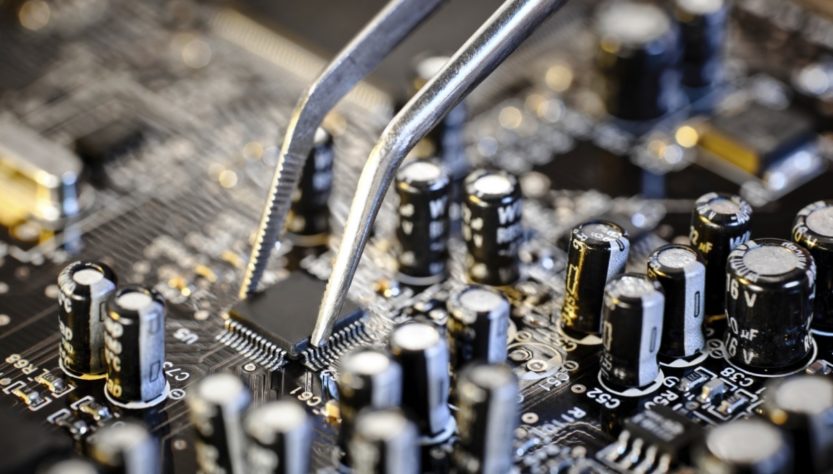The world has faced many technological changes many times over. These changes continue to persist and one such field that has undergone tremendous amount of modifications is the lighting market. Energy efficient lighting is in high demand these days primarily because standard components which were used for years in various commercial luminaries are being fine tuned as well as refined in order to meet the demands of energy conscious generations. It is really shocking to see the exceptional outcomes of these energy saving lightings. Lamp and ballast are the two most important components that form a part of commercial lighting fixtures. Many high-end applications such as 250W or 400W metal halide lamps mainly depends on engineering requirements, ceiling height, as well as fixing space. Due to the efficiency it offers, these high lumen output lanterns have been the biggest strength of the energy efficient lighting industry for more than 50 years till date.
The actual wattage utilization of these fixtures when tested by adding high wattage lamps to essential magnetic ballasts was found to be closer to 295W to 1100W approximately. While the lamps had long lasting effects with a life of more than 20,000 hours, they as well lost nearly 60% of their lumens over and over again when compared to the expected life span of lamp. This is one of the main reasons why these lamps are in high demand when compared to high consumption lamps that ends up being quite dimly lit. Although these lamps underwent modifications to improve its efficiency, it still failed and continued to utilize excessive amperage. This became the biggest challenge for the energy efficient lighting industry to design a better-quality fixture that uses a lesser amount of energy, outputs more light and maintains the light levels performing well similar to the level of new lamps. Initially, this was quite a daunting task. However, with advanced technological breakthroughs, it was possible to accomplish this task.
Nowadays, as a replacement to the traditional metal halide fixtures, fluorescent fixtures have been designed. These fluorescent when tested consumed only half of the energy and even lesser than that of their workhouse counterparts. They produce better color rendering index, outputting more lumens and therefore lasts a longer life of nearly 30,000 hours. It maintains nearly 95% of lumen when compared to the life of traditional lamps, thereby paving way for producing better light. Electronic ballasts manufacturers make it a point to churn out fixtures. The government plays its role here to reduce KWH via EPACT. Using this opportunity, local utility companies have begun to offer rebates in order to encourage large facilities for reducing consumption. Well, now that the electronic ballasts industry continues to stay on the top notch by molding future commercial lighting markets for energy saving lighting.


